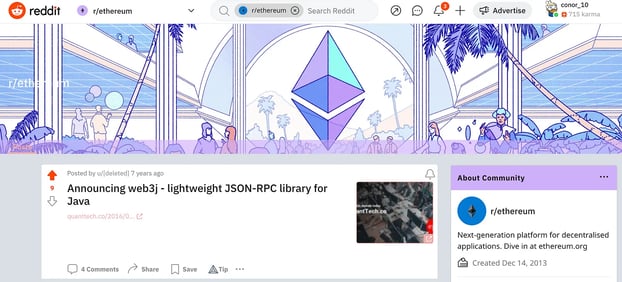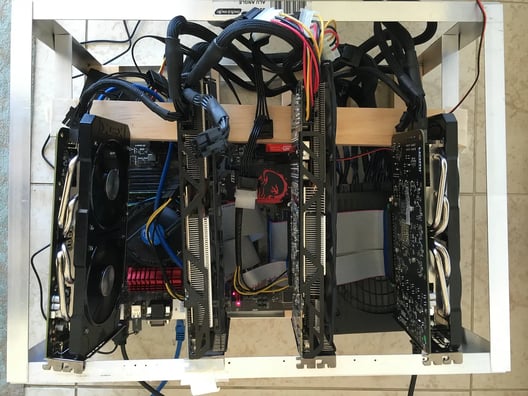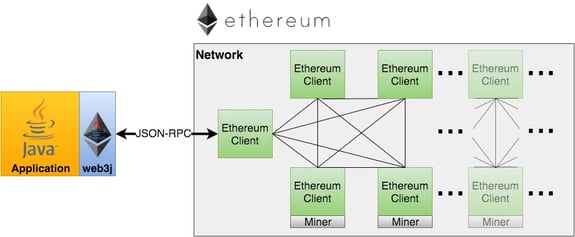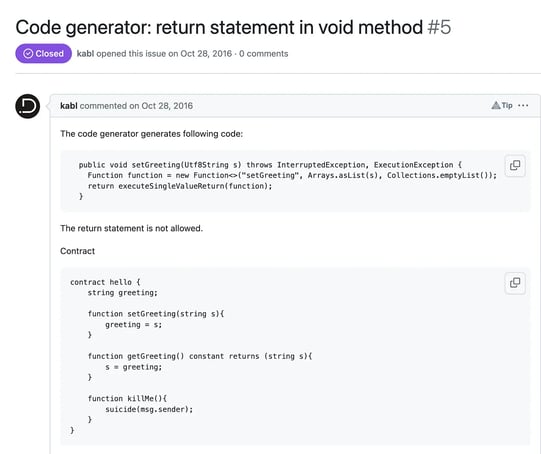
In December 2015, I left the company world of banking. I might spent the earlier 10 or so years constructing know-how platforms within the monetary companies trade, a spot that was filled with sensible folks, however a working atmosphere that wasn’t conducive to my approach of being — too many conferences and processes.
I am the form of one who thrives with selection and wanted to seek out an out (in reality within the years since then I’ve being formally recognized as being on the autistic spectrum, which little question performs into this).
The primary out was a failed startup, Huffle with a few nice co-founders. We tried to launch a brand new house mortgage product in Australia, however rapidly realized that convincing a financial institution to launch a product based mostly on a monetary mannequin you could have shouldn’t be simple. Particularly when a) you’re a tiny startup and b) this product received’t considerably transfer the needle initially for them so far as quantity is worried.
On account of this failed experiment, I might determined to begin trying into this blockchain factor as Huffle was wound up.
What I noticed then (this was round Might time 2016) was that Ethereum gave the impression to be the blockchain platform that a lot of the buzz was about — when you searched blockchain in Google, I am fairly positive Ethereum was the very first thing that got here up. Though it wasn’t significantly clear what it was from the web site again then.

My Ether mining rig
In all these years working in banks, I might been constructing on the Java platform. Because the early 2000s, Java has been adopted very closely in enterprises as a consequence of its ease of deployment and automatic reminiscence administration in contrast with earlier programming languages.
This meant that by the 2010s, vital elements of our fashionable monetary infrastructure ran on the Java platform. It was additional boosted by Google utilizing it as the idea of their Android cell platform.
Again once I was persevering with my foray into blockchain and Ethereum, there was a whole lot of discuss how blockchain was going to be a transformative drive for monetary companies.

Articles like this had been frequent, even again in 2016
Given my expertise, I observed a transparent hole available in the market. How had been all of those monetary companies firms which had spent the earlier 15 years constructing platforms on Java going to hook them into the Ethereum community — for my part essentially the most promising blockchain know-how?
Scratching beneath the floor, it was clear there was no simple approach for Java builders to work with Ethereum. I used to be shocked! It was such an apparent alternative! Absolutely another person will need to have considered it by now? In any case, this was halfway by 2016, the Ethereum community had been reside for a 12 months (it launched on the thirtieth July 2015).
I hung out researching quite a few code repositories on GitHub and located libraries for JavaScript, Microsoft’s .NET platform, however nothing for Java (Observe: there was an early Ethereum node implementation — EthereumJ, however this was for operating a node, not merely integrating with the community which is totally different).
I used to be jittery with pleasure. Normally, the issue that engineers face when making an attempt to do greenfield growth (constructing one thing from scratch), is that invariably somebody has overwhelmed you to it and it does not make sense to handcraft every part your self.
It was time to begin making a prototype.
With a purpose to speak to a node on the Ethereum community, it’s important to join with a protocol referred to as JSON-RPC. JSON-RPC is similar protocol that’s used to speak with nodes on the Bitcoin community (a variety of implementation particulars of Ethereum had been copied from Bitcoin, comparable to JSON-RPC, and the Secp256k1 elliptic curve used for cryptographic operations).

There have been a ton of various technique requests and responses I wanted to implement, starting from getting details about the node software program being run to the transactions inside a block. As soon as I might carried out a couple of and nonetheless hadn’t discovered a library doing something comparable, I used to be able to commit, and make this mission a actuality.
I spoke to my spouse, we would had our first child a couple of months earlier and I stated to her that I’ll have to correctly get my head into it for a couple of weeks to get this primary model executed. This meant spending as a lot time as was humanly doable dedicated to the library.
I used to be at house, so once I wanted a break I may hang around with my son which was lucky in these early years of his growth.
In these weeks the times simply whizzed by, I might get in entrance of my pc as early as I may, put my cans on, get into the zone, and earlier than I knew it one other day was over.

The primary commits to Web3j
This carried on till I had one thing that offered the core performance to work with Ethereum. In my naïvety, I had thought the JSON-RPC implementation was all that was required.
Nonetheless, I rapidly found that to do something significant with Ethereum, you needed to additionally assist the creation of wallets, signing of transactions and the power to create, deploy and work together with sensible contracts. This saved me busy. Particularly as I did not simply need to create any previous integration library, I needed to create a high-quality library, with wonderful documentation and construct a group round it.
The naming of the library was simple — Web3j. The reason being that just about anybody who labored with Java was conscious of the foremost logging library — Log4j, plus you additionally had the JavaScript integration library web3.js. Web3j spoke to what the library was completely for my part.

Web3j’s first ever challenge!
Momentum slowly began to construct. By the top of November, 4 totally different folks I had by no means met earlier than had contributed to the library, and I needed to begin focusing my energies past simply writing the library and fixing bugs.

The primary pull requests submitted by folks I had by no means met to Web3j!
It was time to take a position time within the documentation and take into consideration how I may promote Web3j and construct a group round it, such because the under speak I gave in early 2017 (which has has over 60k views).
That is the place the exhausting work really began, and seven years in I’m blissful to say the mission remains to be going robust. We’ve been lucky that just about 200 folks have made contributions to the library and it’s been downloaded over 2 million occasions! While I’m not contributing to it myself as of late, the workforce at Web3 Labs are. There’s additionally a gradual stream of latest customers.
Earlier this 12 months I used to be at an occasion the place employees from a significant American financial institution talked about how helpful they had been discovering Web3j for his or her work with blockchain. This and quite a few comparable conversations over time reaffirm that I made the best resolution all these years in the past in creating it.
The overwhelming majority of open supply software program is a present to the world. It solves an issue that individuals have. In Web3j’s case it was utilizing one of many world’s most generally used programming languages, Java to develop on Ethereum. I’m proud that I took the time to create this all these years in the past, and I wouldn’t change something in that respect.









